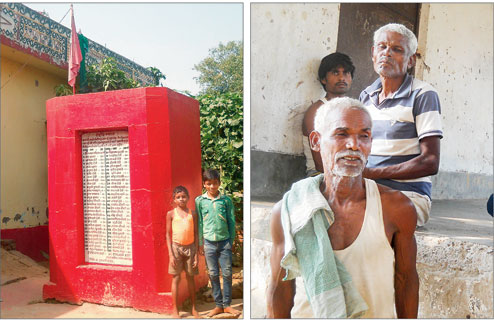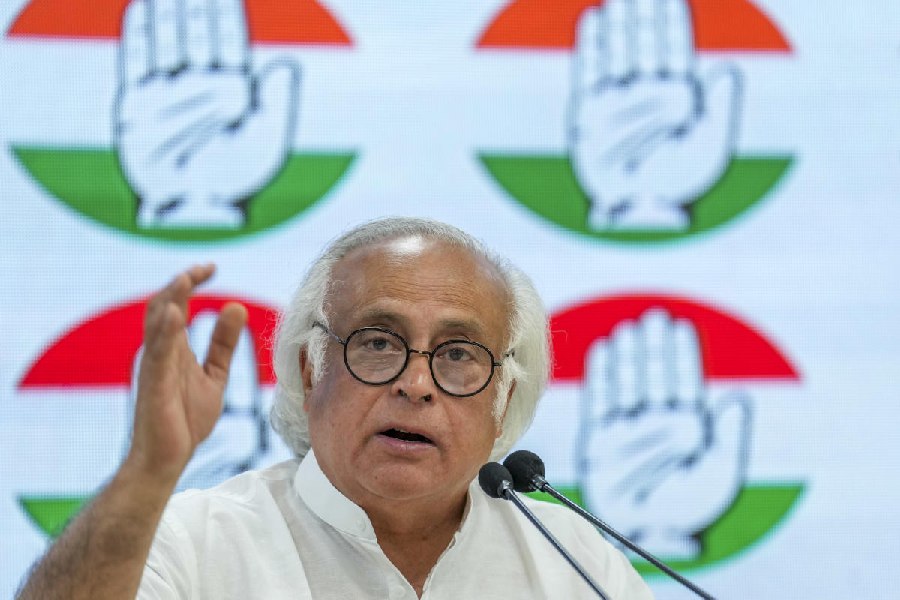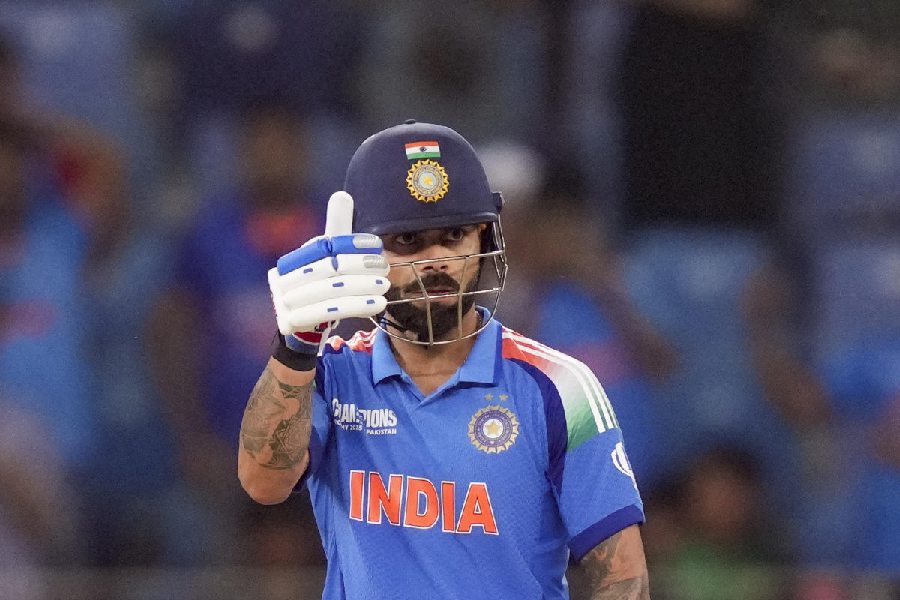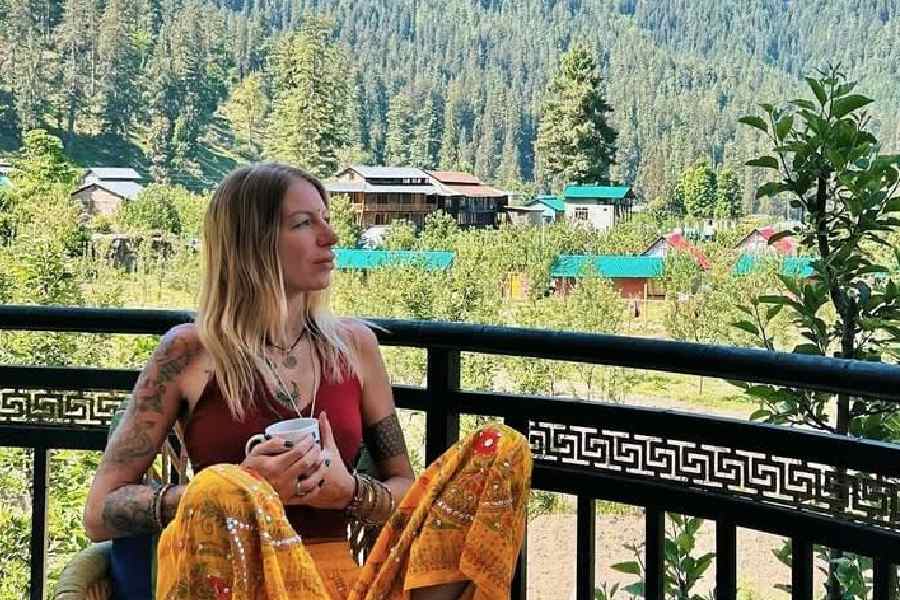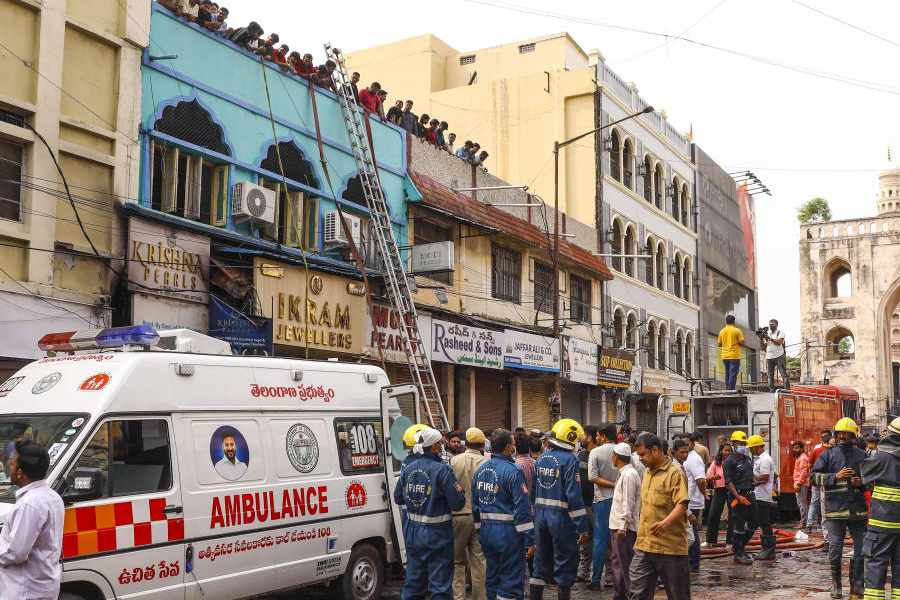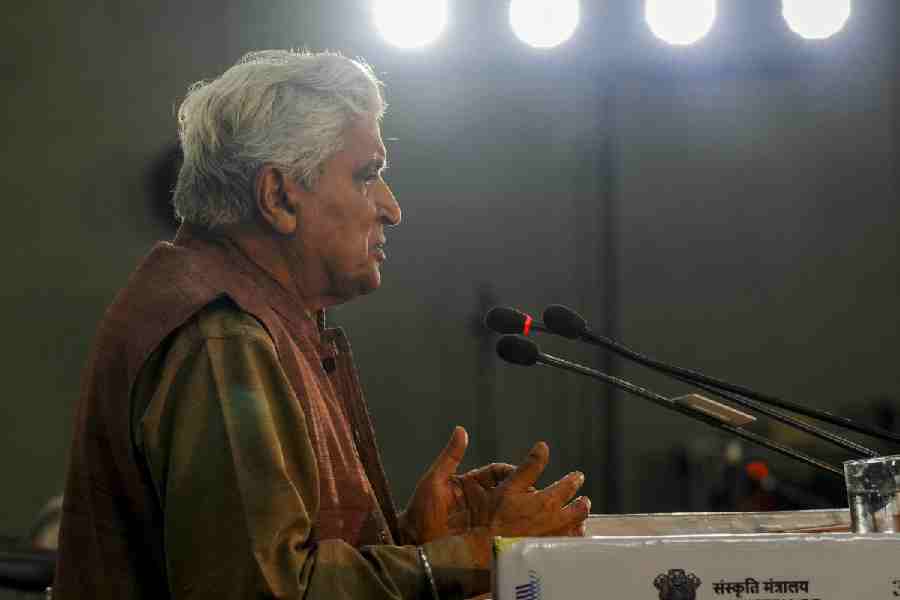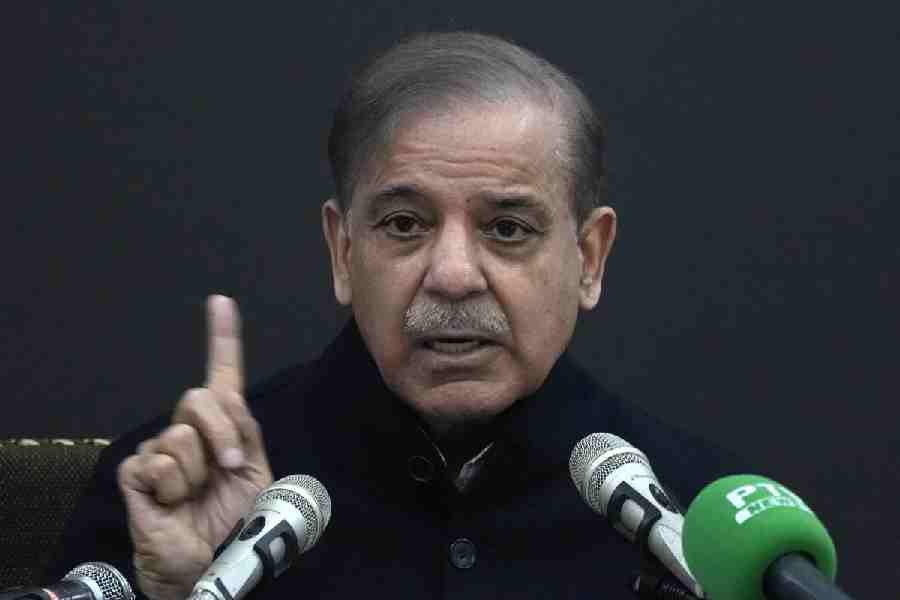
The village of Laxmanpur-Bathe bears testimony to how the laws of Manu still rule India of the new millennium. Here, caste is thicker than the blood that flowed abundantly in the dark days of Bihar’s open caste war during the Lalu-Rabri regime.
On December 1, 1997, Ranvir Sena, a private militia of the upper caste Bhumihars, massacred 58 Dalits, including women and infants, in Bathe. A bright red memorial in the middle of the village stands reminder of the colour of that night.
However, Jayprakash Paswan (42), who lost three members of his family in the massacre, has decided to join hands with the Bhumihars and vote for the BJP. Because Ram Vilas Paswan, his caste leader, is a BJP ally and a prominent NDA constituent.
“Sab log jaat pe jaa raha hai to hum kyon nahi? Yadav log Nitish ka sabse bada dushman tha aur abhi dost ban gaya. Hum kaise jaat se alag ho jaayen (Everybody is voting on caste lines so why not us? The Yadavs were Nitish’s biggest enemy and now they have become his friend. How can we separate from our caste),” Jayprakash asks, taking a break from a game of cards at the verandah of the panchayat bhavan.
Ranvir Sena marauders had crossed the Sone river from Bhojpur on the other side to swoop down on Bathe, and shot at whoever they could spot. The names of all the 58 victims are inscribed on the memorial. This region — Bathe is part of the Arwal Assembly segment — saw many such bloody battles between the upper and lower castes. But for many years now, peace has returned.
In the battle for a new Bihar, the principal contest here is between the RJD’s Ravindra Singh and the BJP’s Chittaranjan Kumar Sharma. The CPI-ML(Liberation), which ensured the massacre memorial was built, enjoys substantial support in the region but people are not eager to vote for its candidate Mahanand Prasad.
Sanjay Rajbanshi (50), another participant in the game of cards at the panchayat bhavan, differs with Jayprakash. He alleges that the Ranvir Sena members enjoy the BJP’s support and so many like him in the village will vote for Nitish.
“Chailenge lela, Sharmaji na jittan. Yahan se lalten jitega (I challenge you, BJP candidate Chitranjan Kumar Sharma will not win. The lantern — the RJD symbol — will win),” Sanjay declares.
Jayprakash shoots back: “Yahan na jite bhale, lekin Patna mein Modi ka sarkar banega (Even if they don’t win here, Modi’s party will form the government in Patna).” He also offers another reason for his personal reconciliation: “Lalu got us killed during his rule and Nitish ensured the killers were freed. Why should we vote for them? We want to give Modi a chance.”
In 2013, a division bench of the Patna High Court acquitted all the 26 accused in the Bathe massacre case. The court ruled that the prosecution witnesses were not reliable, and the defendants should be given the benefit of doubt. The high court shot down the verdict of the lower court that had pronounced the death sentence on 16 people and ordered life imprisonment of 10 others.
Many in Bathe share Jayprakash’s dissatisfaction with Nitish, but that has not pushed them towards Modi’s party though the village is hungry for development. There are poles to carry electricity, but no power. Many villagers have installed solar-powered devices. But that other device ubiquitous in the new India, the mobile phone, has penetrated among the poorest of the poor who use it to communicate with male members mostly working outside the state.
“Pole aa gaya hai to bijli bhi aajaayega. Waise bhi yahan garib ke paas bijli bill deneke liye paisa kahan hai (If the poles have come, power will surely follow. Anyway, here the poor can’t afford to pay electricity),” offers resident Jay Ram Mistri.
The lack of electricity has not charged up the Dalits or Mahadalits in the BJP’s favour. Barring the Paswans, other Dalits or Mahadalits are silently rooting for Nitish, including the Ravidas caste that accounts for a large share among the 500-odd lowest-caste households, followed by the Kushwahas, Kewats, Paswans and Rajbanshi.
“Yahan to Nitish ka vote hai. Lalu ne sab gadbad kar diya thha lekin Nitish ke raaj me shaanti hai, vikas hai (Here, the vote is for Nitish. Lalu had spoilt everything but during Nitish rule there is peace and development),” says Sahab Ram, a lower Dalit.
Hasn’t Nitish teamed up with Lalu? Is there no fear of the dark days returning? Sahab Ram feels the RJD boss has
learnt his lesson.
“Unko Nitish ke raaste par hi chalna hoga nahi to janta nakar degi (He will have to toe the Nitish line or else the people will reject him),” he says.
The Kushwahas too seem unimpressed by the Prime Minister’s party. The RJD candidate, Ravindra Singh, is a Kushwaha; and he has the caste vote in his pocket.
The BJP is displaying Upendra Kushwaha, junior minister in the central government, to woo the Kushwahas who have substantial presence in both Arwal and the adjacent Kurtha Assembly segment; but the community is playing hard to get. “Hum upar dekh rahe hai. Nitishji ne bahut kaam kiya hai. Hum unko hi vote karenge (We are looking at the top. Nitishji has done lot of work and so we will vote for him,” says Jaishankar Singh (Kushwaha) of Kinjar.
And of course the Yadavs, eager to get back their share of political power, are more than eager to help Nitish become chief minister again.
♦ Arwal votes on October 16

